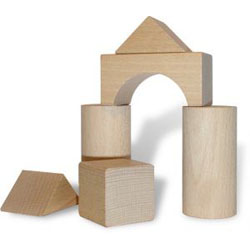
Then I boost the bass guitar with the low EQ knob. From there I can use the Mid-Hi sweepable EQ to boost the highs.
I just wanted to point this part out for sure though, so that people know that just because it’s the bass guitar or the kick drum doesn’t mean you have to boost the low EQ, you can still find those low frequencies and dial it in more precisely using the Mid-Low sweepable EQ.
Gating and Compression
On the kick drum I will also add a gate as well; this again depends on the sound you want on the kick.
For real punchy sounding upbeat songs, a fast attack with a 3-4:1 ratio and a slower release time. The more dynamic the sound, the slower you will want that attack.
A compressor setting with a ratio again around 3-4:1 sometimes even more, with again a fast attack time and a slow release time will just add to that punchy sound on the kick.
Be sure not to “over” compress it though, we don’t want to lose all the dynamic of the kick drum.
Bass players tend to hate hearing that you’ve compressed them at all, and it isn’t always necessary.
If they’ve got their own compressor with a foot pedal, or they are just very controlled then you can get away without one, but I generally have one either way, I just may be very generous with it.
I won’t say any settings on here for a bass compression because that all depends on the bass player and how they play. You have to listen and see if you need them to be compressed.
Driving the Music
Once you get a good EQ and comp/gate setting on the bass and kick drum, listen to them during one of the more upbeat songs and the two instruments should be able to drive the song.
Notice the difference when you lower those two channels, and as I said before, I am certain that you will see a noticeable change in the audience/congregation’s response to the music.
Don’t be afraid of the low end. I was afraid of it when I first started, but if it’s EQ’d and compressed right, people will feel it and it’s often what captures them into a song.
I don’t mean to lessen the effect of a great vocalist or a well tuned guitar with a great amp tone…or even just some great lyrics.
All these things have the potential to be the driving force of a song, but I will say that the kick/bass combination will often be the foundation on which the best mixes are built.
How do you typically build your mix? On what instrument do you build it? Be sure to let me know in the comments below!
Derek Sexsmith is the Director of Technical Services at Heritage Park Alliance Church in Windsor, Ontario, Canada. Check out his blog which chronicles his experience working on the technical aspects of a Church at dereksoundguy.com or follow him on twitter @dereksoundguy.
Ready to learn and laugh? Chris Huff writes about the world of church audio at Behind The Mixer. He covers everything from audio fundamentals to dealing with musicians. He can even tell you the signs the sound guy is having a mental breakdown.
